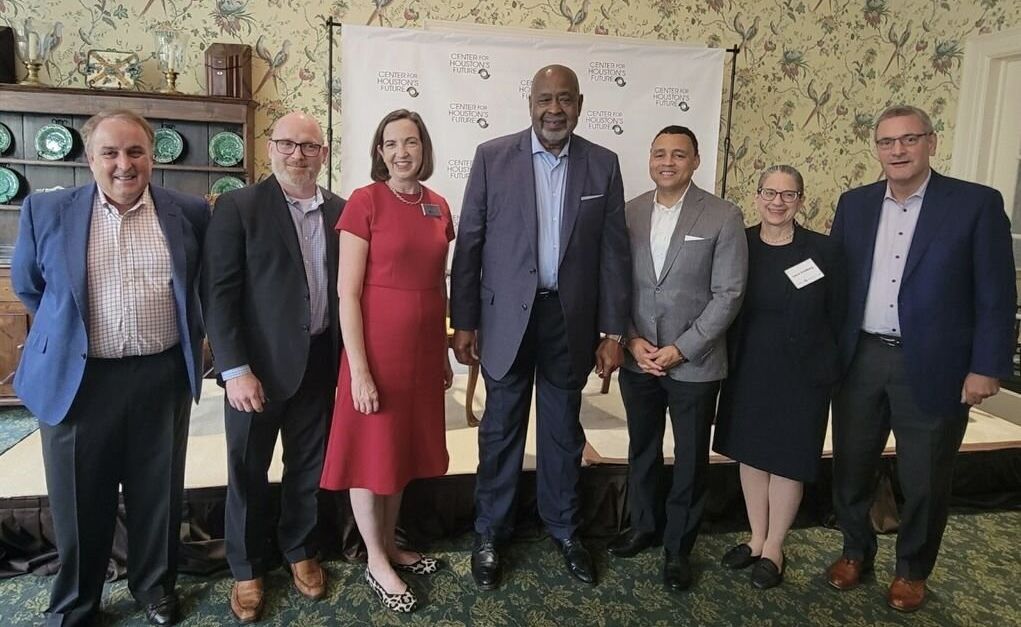A nonprofit organization dedicated to leading Houston into the future has named its next leader.
The Center for Houston’s Future named David Gow as president and CEO, succeeding Brett Perlman, who was announced in April to be remaining at the Center with a focus on the Center’s hydrogen initiative. Gow is the founder and chairman of Gow Media, EnergyCapital's parent company. His role is effective September 3.
“I am excited to step into this opportunity with the Center and work with the team, the board and many other stakeholders to help shape Houston’s future,” Gow says in a news release. “The Center presents an exciting opportunity to cast a vision for our region and identify initiatives that will make an impact.”
Gow — whose career includes a portfolio of online media properties and ESPN Radio — is a board member of Goose Capital and chair of MSAI, an entity he formed through a SPAC acquisition. Before he founded Gow Media, he served as CFO and CEO of an online watch retailer, Ashford.com. Prior to Ashford, Gow was director of corporate strategy at Compaq Computers and a consultant at McKinsey & Co. He received his master’s in public policy from Harvard and his bachelor's in economics from Williams College.
“David’s portfolio of experiences and skills, record of innovation and success, and deep commitment to the Houston community make him the perfect fit to lead the Center as we chart and execute on our next set of initiatives focused on ensuring a bright future for all residents in the Houston region,” adds Center for Houston’s Future Board Chair Cindy Yeilding.
In his new role, Gow will lead the Center’s next effort, Vision 2050, which plans to identify the city's key issues, gaps, and opportunities.
“Today’s announcement also reflects the success of the Center’s clean hydrogen program,” Yeilding continues. “On behalf of the Center’s board, I’d also like to recognize Brett for launching and building such a successful and important effort as well as his overall leadership and record of achievement at the Center these past seven years.”
———
This article originally ran on InnovationMap.
- Houston-area selected among 7 regions for $7B federal hydrogen hub investment ›
- Texas hydrogen research hub opens to support statewide, DOE-backed initiative ›
- Expert: Houston is the energy capital of the world now — but can it stay that way? ›
- Houston's clean hydrogen hub joins request to revise federal tax credit guidance ›
- Panel: Experts weigh in on what's holding hydrogen development back in Houston and beyond ›
- New report calls for Houston-area health care providers to take action amid climate change ›
- Nonprofit leader to step down, focus on expanding Houston's hydrogen economy ›






 Photo by Laura Goldberg/Center for Houston's Future on
Photo by Laura Goldberg/Center for Houston's Future on 